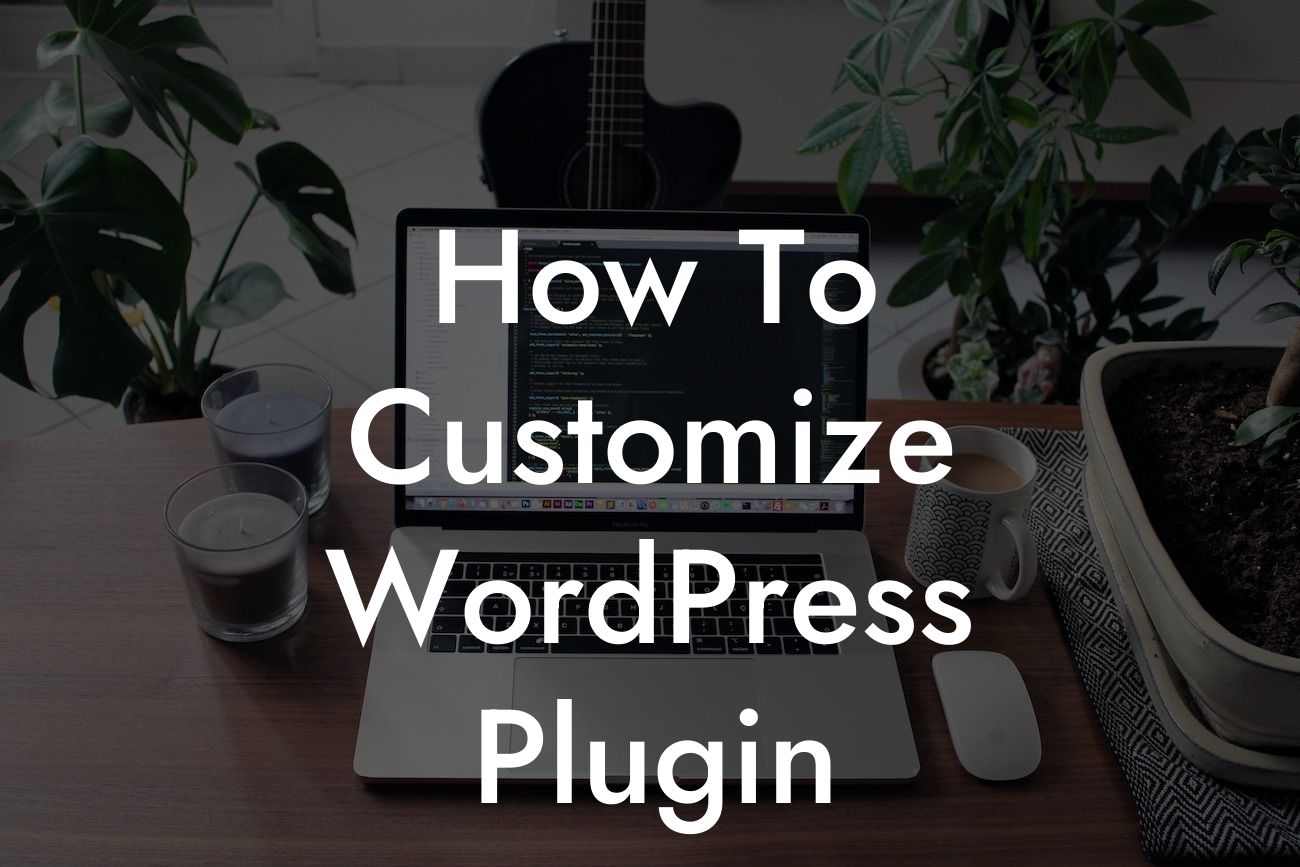When it comes to building a successful online presence, having a well-designed and highly functional website is key. And as a small business owner or entrepreneur, you know that WordPress is the go-to platform for creating and managing your website. But what happens when you need to make some customizations to a specific plugin to meet your unique needs? That's where this guide comes in handy. In this article, we will dive deep into the world of customizing WordPress plugins, providing you with the knowledge and techniques to transform your website into an extraordinary online destination.
Customizing a WordPress plugin might seem like a daunting task, especially if you don't have a background in coding. However, with the right approach and guidance, you'll be able to make those necessary tweaks and enhancements to take your website to new heights. Let's explore the steps involved in customizing a WordPress plugin:
1. Understand the plugin structure: Before you start making any modifications, it's vital to familiarize yourself with the plugin's structure. Dive into the code and identify the different sections and functions that govern its behavior.
2. Use action and filter hooks: WordPress offers a wide range of action and filter hooks that allow you to modify plugin functionalities without changing the core code. These hooks act as entry points for injecting your customizations while keeping your modifications separate from the original plugin code.
3. Create a child theme: Creating a child theme is crucial to ensure that your customizations are not overwritten when the plugin receives updates. By leveraging a child theme, you can make changes to the appearance and functionality of a plugin while maintaining a secure and future-proof setup.
Looking For a Custom QuickBook Integration?
4. Modify the plugin code: If you have coding knowledge, you can directly modify the plugin code to achieve the desired customizations. However, it's crucial to create a backup and be cautious while making changes to avoid any potential conflicts or issues.
How To Customize Wordpress Plugin Example:
Let's consider a practical example to reinforce the idea of customizing a WordPress plugin. Suppose you are using a contact form plugin, but you want to add an additional field to collect specific information from your users. By utilizing action hooks or modifying the plugin's code, you can add the desired field without compromising the overall functionality of the form.
Congratulations! You've now gained an understanding of how to customize WordPress plugins to suit your unique needs. Remember, customizations can help you stand out from the crowd, enhance user experience, and boost your website's performance. Explore DamnWoo's range of awesome WordPress plugins that cater specifically to small businesses and entrepreneurs. Take your online presence to the next level, and don't forget to share this article with others who might benefit from it!













